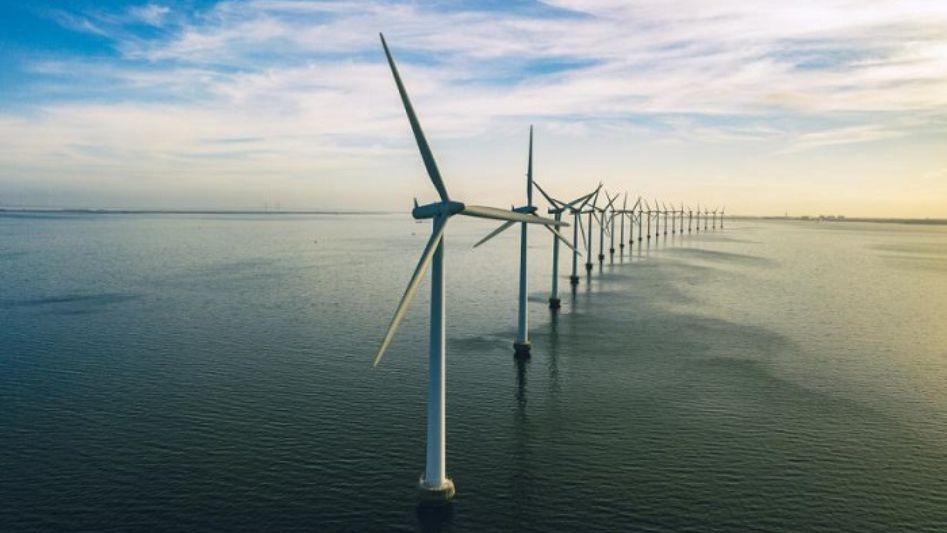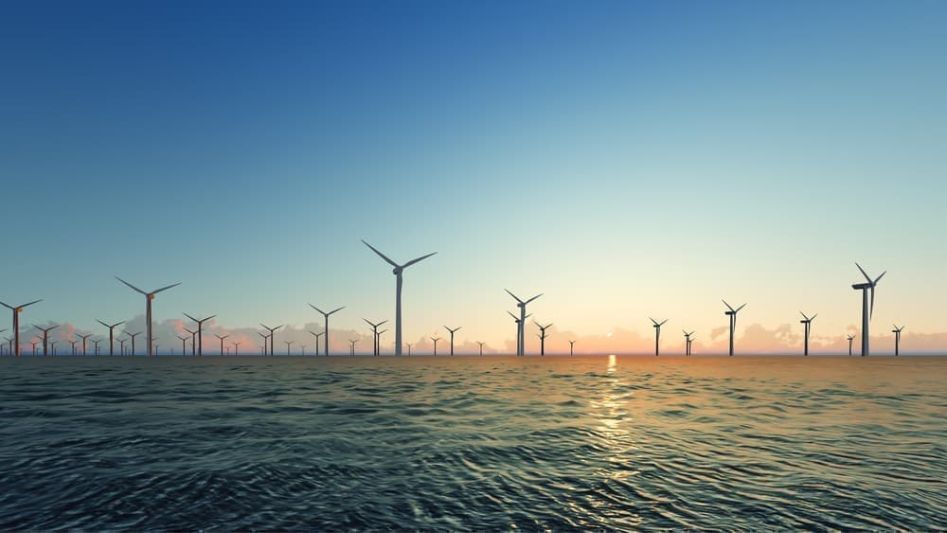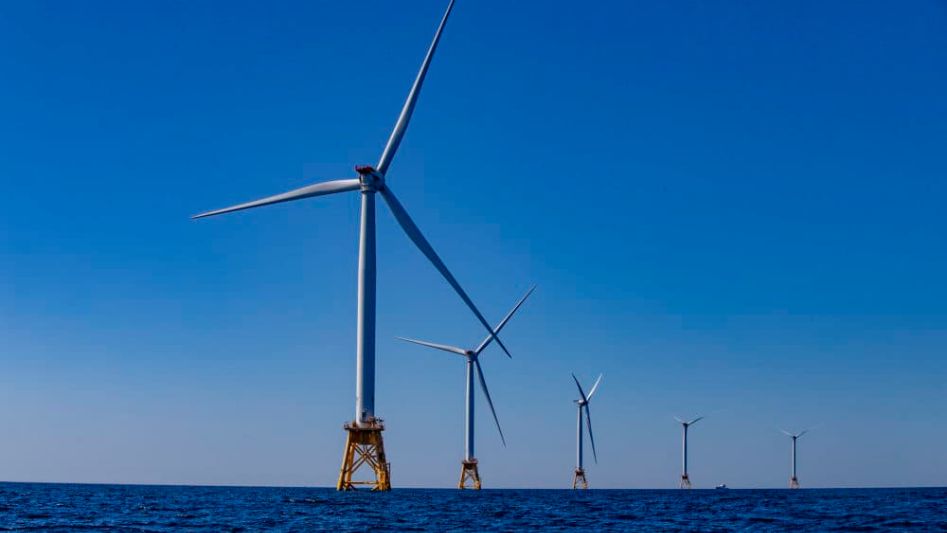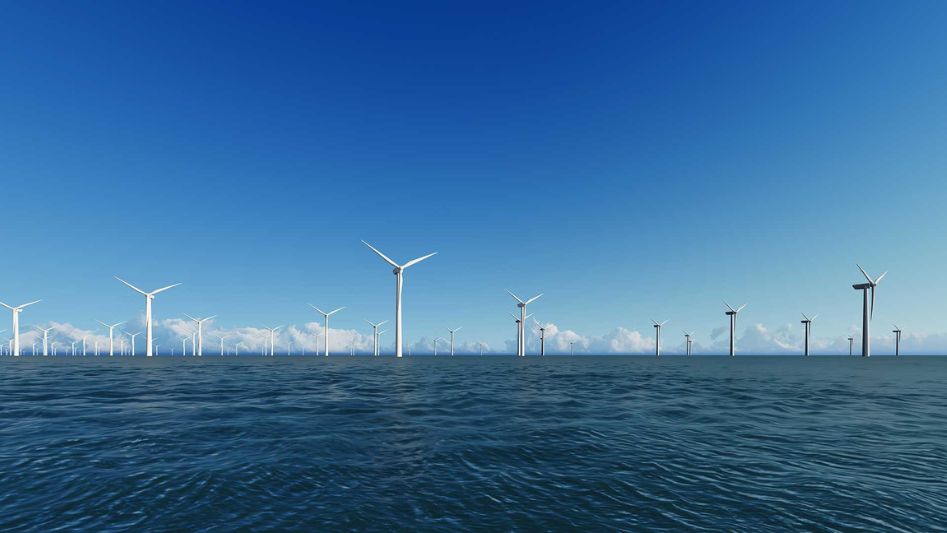Wind power is an essential component of the renewable energy landscape, contributing significantly to reducing greenhouse gas emissions and mitigating climate change. However, like any technology, wind power has its fair share of myths and misconceptions. In this article, we will debunk some common myths surrounding wind power and provide the facts to help you better understand its role in our energy future.
Table Of Content
- Myth 1: Wind Turbines Kill Birds in Large Numbers
- Myth 2: Wind Turbines Are Noisy and Harmful to Health
- Myth 3: Wind Power Is Unreliable and Intermittent
- Myth 4: Wind Power Is Inefficient and Expensive
- Myth 5: Wind Turbines Harm Property Values
- Myth 6: Wind Power Can’t Meet Our Energy Needs
- Myth 7: Wind Turbines Have a Short Lifespan
- Conclusion
- FAQs
We invite you to read: “Wind Turbines and Climate Change: Mitigating CO2 Emissions with Wind Power”

Myth 1: Wind Turbines Kill Birds in Large Numbers
Fact: While it is true that some birds are unfortunately killed by wind turbines, the numbers are relatively low compared to other human-made structures and activities. Studies show that buildings, communication towers, and even domestic cats pose a far greater threat to bird populations than wind turbines. To minimize bird fatalities, modern wind farms are often strategically located away from known bird migration routes, and ongoing research is focused on developing technologies to reduce avian collisions further.
Myth 2: Wind Turbines Are Noisy and Harmful to Health
Fact: Modern wind turbines are designed to be quiet and efficient. The noise they produce is generally low-frequency and often masked by ambient sounds. Numerous scientific studies have found no conclusive evidence linking wind turbine noise to adverse health effects. Any reported health issues are more likely due to psychological factors or the so-called “nocebo effect” rather than the actual noise generated by wind turbines.
Myth 3: Wind Power Is Unreliable and Intermittent
Fact: While wind is indeed intermittent and variable, advancements in technology and the use of advanced weather forecasting have made wind power increasingly reliable. Wind farms are often strategically located in areas with consistent wind patterns, and energy storage solutions, such as batteries, help smooth out fluctuations in electricity generation. Moreover, integrating wind power into a diverse energy mix with other renewables, like solar and hydroelectric power, enhances overall grid stability.
Myth 4: Wind Power Is Inefficient and Expensive
Fact: Wind power has become one of the most cost-effective sources of electricity generation. The cost of wind turbines and infrastructure has decreased significantly over the years, making wind power highly competitive with fossil fuels in many regions. Additionally, once a wind turbine is installed, its operational and maintenance costs are relatively low. With continued advancements in technology, wind power is poised to become even more efficient and affordable in the future.
We invite you to read: “Wind Turbines Around the World: A Global Perspective on Wind Power”

Myth 5: Wind Turbines Harm Property Values
Fact: Numerous studies have examined the impact of wind farms on property values, and the evidence suggests that wind turbines do not have a consistent negative effect. In some cases, properties near wind farms have even seen increased values due to lease payments to landowners and the economic benefits brought to the local community. The perception of property devaluation is often based on unfounded fears rather than empirical data.
Myth 6: Wind Power Can’t Meet Our Energy Needs
Fact: Wind power has been rapidly growing and has the potential to meet a significant portion of our energy needs. Countries like Denmark and Germany have already demonstrated that wind power can provide a substantial portion of their electricity demand. With continued investment in wind energy infrastructure and grid integration, it is feasible for wind power to play a crucial role in a sustainable energy future.
Myth 7: Wind Turbines Have a Short Lifespan
Fact: Wind turbines are designed for long-term operation, with an average lifespan of 20-25 years. With proper maintenance and upgrades, many turbines can continue operating beyond their initial design life. As technology improves, the efficiency and lifespan of wind turbines are expected to increase, making them an even more attractive investment in the long run.
We invite you to read: “Winds of Prosperity: The Economic Benefits of Wind Power”

Conclusion
Wind power is a reliable and cost-effective source of renewable energy that can help reduce greenhouse gas emissions and combat climate change. While there are some myths and misconceptions surrounding wind power, the facts support its continued growth as a vital component of our clean energy future. By understanding the reality of wind power, we can make informed decisions and support its development for a more sustainable world.
FAQs
What is climate change, and how is it caused?
Climate change refers to long-term shifts in global weather patterns. It is primarily caused by the excessive release of greenhouse gases, mainly carbon dioxide (CO2), into the atmosphere from human activities like burning fossil fuels.
Are vaccines safe and effective?
Yes, vaccines are rigorously tested for safety and efficacy before approval. They have been instrumental in preventing numerous diseases and saving lives worldwide.
What are the benefits of exercise?
Exercise offers a multitude of benefits, including improved cardiovascular health, weight management, stress reduction, and enhanced mental well-being.
How can I reduce my carbon footprint?
You can reduce your carbon footprint by conserving energy, using public transport, reducing meat consumption, recycling, and supporting renewable energy initiatives.
Is artificial intelligence a threat to jobs?
While AI can automate certain tasks, it also creates new job opportunities in the tech industry and can enhance productivity in various sectors. The impact on jobs depends on how AI is integrated into the workforce.
You May Also Like
- Offshore Wind Power: A Growing Force in the Race for Sustainable Energy
- Wind Power and the Environment: A Marriage for a Sustainable Future
- Winds of Change: How Wind Power is Transforming the Energy Landscape
- Massive Wind Power Project Sealed by Egypt and UAE in $10 Billion Pact
- Harnessing the Wind: Germany’s Return to Wind Power Supremacy

